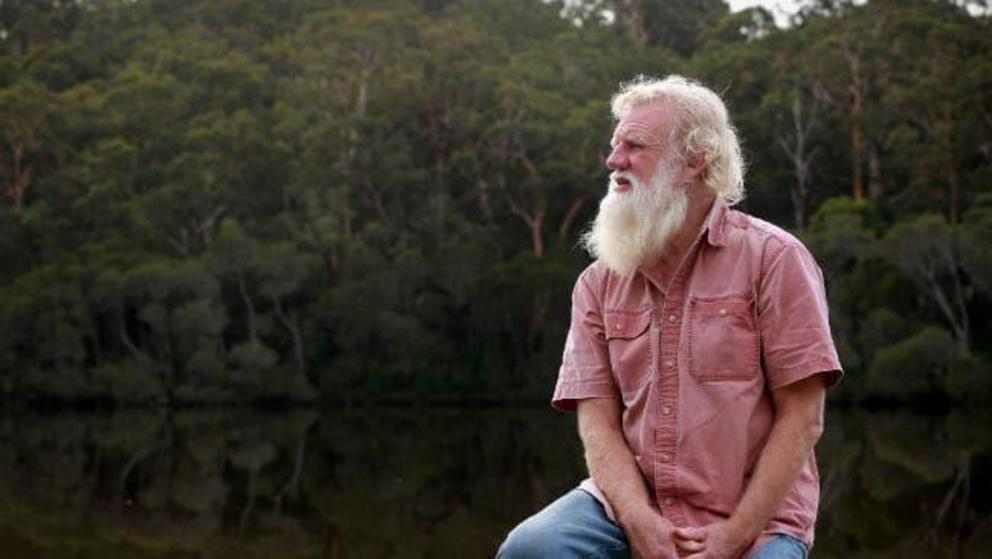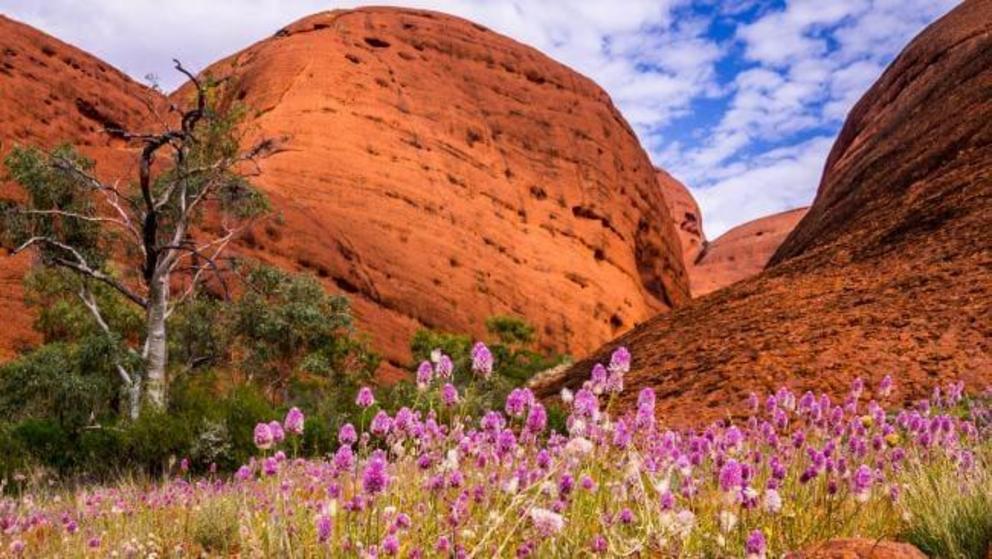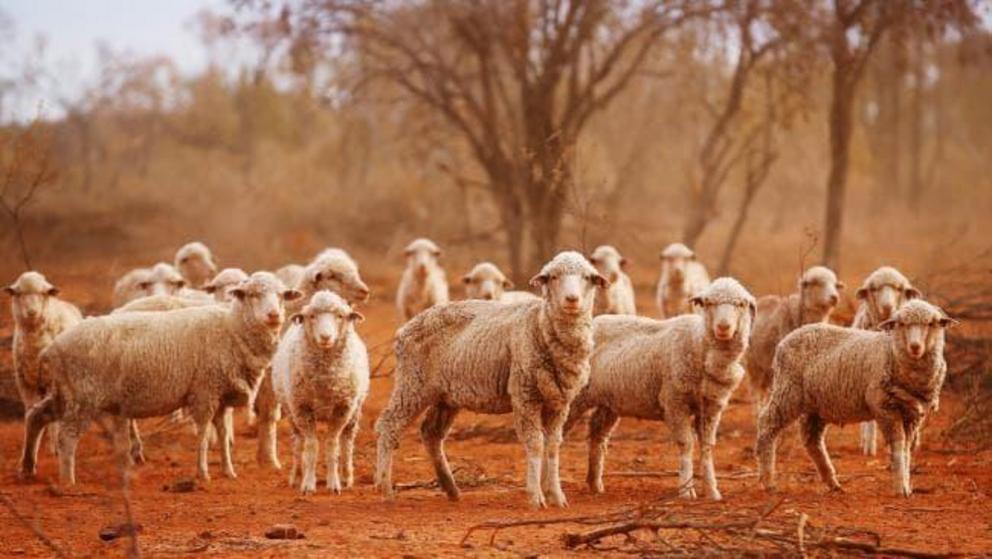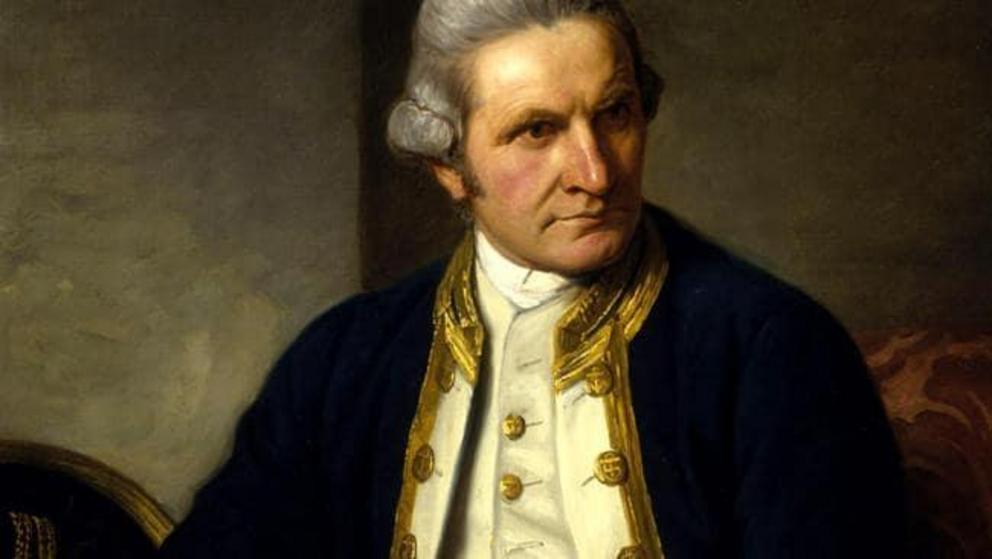Indigenous historian Bruce Pascoe says we’ve got our story all wrong
A HISTORIAN has painted a completely different version of Australia’s history - and it is causing huge shockwaves.
A RADICALLY different version of Australia’s history to what we are taught at school has been put forward by a historian — who believes it changes the entire concept of Australia as a country and who we really are.
We are taught Australia’s first people were simplistic hunter-gatherers who foraged for plants and randomly hunted kangaroos.
We are taught when Europeans landed, the indigenous people who first roamed the land were a disparate group of nomadic tribes, who never built permanent homes to shelter themselves.
But many of the early journals of the white settlers who first landed here — seeing a land completely untouched by other cultures for hundreds of thousands of years — saw something very different to what conventional history textbooks tell us.
Indigenous historian Bruce Pascoe has spent years looking through these incredible accounts and found the first white settlers documented how Aboriginal people built homes, villages, parks, dams and wells, selected seeds for harvesting, ploughed fields, irrigated crops and preserved food in vessels.

Bruce Pascoe says we need to look closer at our history. Picture: Andy RogersSource: News Corp Australia
He says Aboriginal people were the first culture on earth to bake, evidenced by unearthed grindstones from 30,000 years ago, meaning Aussies beat the ancient Egyptians by more than 15,000 years.
In an interview with news.com.au after an groundbreaking speech at Tedx Sydney, the acclaimed author says Australia has deliberately avoided the subject for hundred of years. And, he believes the effect has been catastrophic.
“It has been purposefully left out of our history,” he said. “The misconception that Aboriginals were hunter-gatherers has been institutionalised and we are all suffering from that institutionalisation today — not just Aboriginal people but the whole country.”
WHAT HAPPENED TO IT ALL?
He says much of this complex civilisation had been wiped out by 1860, as the land was torn up by Europeans, buildings burned down and their occupants killed by warfare, murder and disease.
When this ancient infrastructure was destroyed, Mr Pascoe believes it became convenient for settlers to perpetuate the myth that the nation’s first people were incapable of organising a coherent and sophisticated society. He believes this, in their minds, legitimised their reason for being there.
“The country can’t afford to recognise the expertise and economic subtly of Aboriginal people because it talks about ownership of the land and it undermines the whole eligibility of the people to the land,” he said. “That’s why Australians have avoided it, not out of some vagueness or failure, but just total avoidance.”

Explorers saw a very different Australia to the one we see today. Picture: iStockSource:istock
In his award-winning book, Dark Emu, which has inspired a new contemporary dance production at the Sydney Opera House, Mr Pascoe details fascinating journals of the early European explorers.
They describe densely-populated Aboriginal villages up and down the country, some with sophisticated buildings made of large logs and clay plastering.
They also describe how indigenous people produced grain surplus to requirement, stored it and used complex systems to preserve soil, water, wildlife and fish as well as native seeds, nuts, fruits and vegetables.
HERE’S WHY IT IS SO IMPORTANT
Mr Pascoe says the settlers’ journals show Australia was a far more fertile land when they first landed than it is today and the vast area of the country we now consider an inhospitable desert was, in fact, meticulously and successfully managed by Aboriginal societies for thousands of years.
But when Europeans landed, they brought foreign livestock which broke up the soil with their hoofs leading to soil erosion. Settlers also brought foreign crops and intensive farming techniques, later resorting to chemical fertilisation which Mr Pascoe argues has drained the land of its former fertility.
“Recognising Aboriginal farming is fundamental to our understanding of country,” Mr Pascoe said. “If we are going to survive climate change we need to have a better understanding of the country because we have already run out of water.
“So, we have to learn to conserve water, we have to learn to conserve soil and we can learn from the Aboriginal past about how the people who lived here for hundreds of thousands of years used both and still maintained an agricultural economy.”
He argues the ancient farming techniques were more sympathetic to the land because they used Aussie plants — such as native millet, kangaroo grass and murnong — and animals like kangaroos and emus.

Many Aussie far
 mers are suffering from drought. Picture: News Corp AustraliaSource: News Corp Australia
mers are suffering from drought. Picture: News Corp AustraliaSource: News Corp Australia
“They knew how to conserve water and soil and the proof of this was when the Europeans arrived and they described how the grass was higher than the saddles on their horses,” he said. “The country was more fertile then than it is now. When you talk to farmers now, they tell you their grandfathers had it better than they do.
“Farmers are ready to admit that what we are doing isn’t working and it isn’t sustainable. So they are keen to try growing native Australian plants.”
Mr Pascoe has even teamed up with a number other indigenous Australians living along the NSW South Coast and in east Gippsland in Victoria to trial native Aussie crops.
“We’re fooling ourselves if we think we can replace the old fertility with chemicals,” he added.
HOW BRUCE DISCOVERED THIS
Mr Pascoe said he had grown up with stories of massacres, separation of families and institutional racism, but he had not heard about the wonders of Aboriginal agriculture until late on in his life.
He said it “fell into its path” as he searched for the story of his own family history when he met elders of his own Aboriginal family.
“When I spoke to them, I was taken to task because of my own misunderstanding of history and the stuff I had learned at school,” he said.
“Once I realised that my reading of history was appalling, I then had to refurbish my own brain and once I did that and started reading a few explorers’ journals, I began to realise that an unbelievably different story to be told about the country and I couldn’t believe how stupid I had been.”

Mr Pascoe recommends reading the European explorers’ journals. Picture: SuppliedSource:Supplied
Mr Pascoe said there was a bit of backlash against his ideas from certain historians when he first started writing about his theories in 2013, but since then, he said the majority of people he has spoken to, especially young people, have been enthusiastic about his arguments.
Now he wants Australians to look at the settlers’ journals and decide which version of history they believe.
“Teachers are just teaching what they learnt in school, so we need to expand resources so they and the children can access the journals,” he said. “Then, they can make their own mind up about what our history was really like.”
